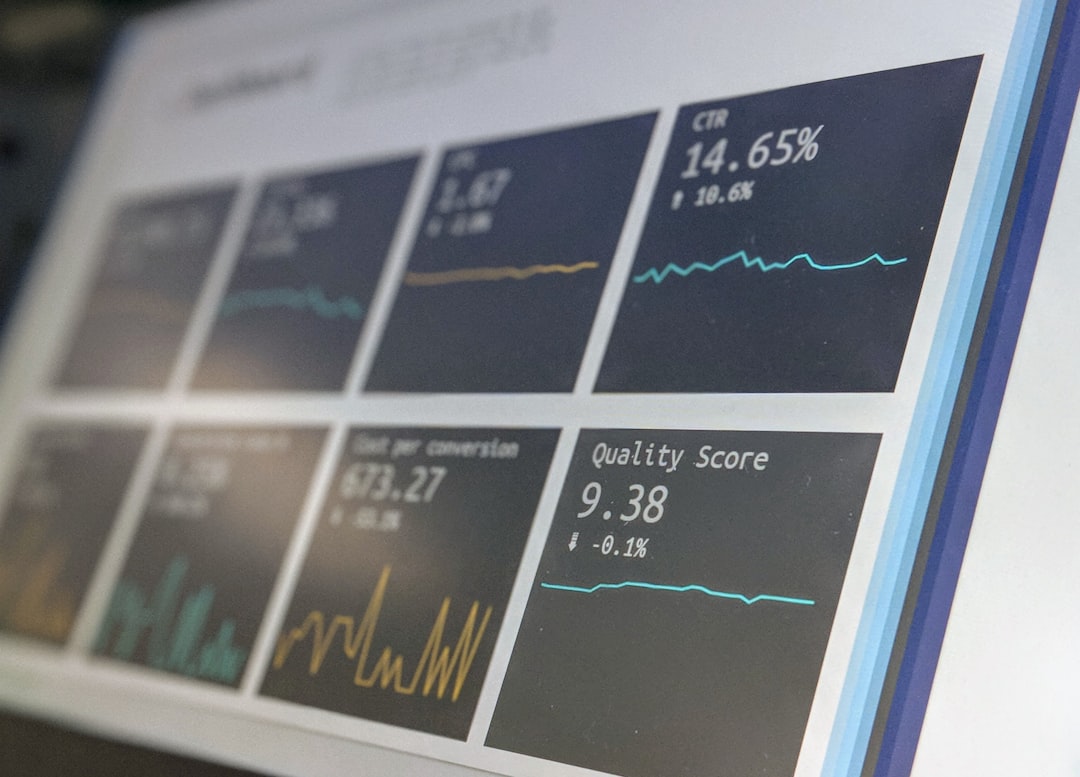
Understanding the Fundamentals of Economic Growth and Development.
## Introduction. Economic growth and development are fundamental concepts in the field of economics that shape national policies and individual lives. While they are often used interchangeably, they represent different phenomena. This blog post aims to clarify these concepts and discuss their significance, determinants, and implications for societies worldwide. Understanding these basics is essential for students, business professionals, and policy-makers interested in fostering economic prosperity. ## Defining Economic Growth and Development. Economic growth is typically measured by the increase in a country’s output of goods and services over time, usually represented as the gross domestic product (GDP). It reflects a nation’s ability to produce more and improve living standards through industrialization, technological advancement, and improved productivity. On the other hand, economic development encompasses a broader spectrum, often including qualitative aspects of the economy, such as improvements in literacy rates, healthcare, income distribution, and poverty reduction. Thus, while economic growth is a quantitative measure, economic development is a qualitative measure of the economy's health, indicating the well-being of its citizens. This critical distinction emphasizes that merely increasing production does not guarantee an improved quality of life. ## The Importance of Economic Growth. The importance of economic growth is multifaceted. Firstly, it allows governments to collect more tax revenue without raising tax rates, which can be invested in public services like education, healthcare, and infrastructure. Secondly, higher levels of production and investment can foster job creation, reducing unemployment rates and enabling people to earn higher wages. Moreover, growth often leads to increased innovation, as thriving businesses invest in research and development to improve their products and services. This innovation serves as a catalyst for further growth, creating a cycle that propels nations toward prosperity. Countries that achieve sustained economic growth are often better positioned to influence global affairs and maintain stability. ## Factors Influencing Economic Growth. Several factors drive economic growth, including but not limited to: 1. **Natural Resources:** Countries endowed with abundant resources often experience rapid growth, as these resources can be exploited for production and export. However, reliance solely on resources can lead to a phenomenon known as the “resource curse.” 2. **Human Capital:** The education and skills of the workforce play a crucial role. A well-educated labor force can adapt to new technologies, leading to improved productivity and innovation. 3. **Technology:** Technological advancements are at the forefront of driving growth. Nations that invest in technology often enjoy competitive advantages, fostering efficiency and broader output. 4. **Political Stability:** Stable governance and strong institutions encourage investment and growth. Political chaos and corruption can stifle economic activity and deter foreign investment. 5. **Infrastructure:** Adequate infrastructure, including transportation, communication, and energy, is vital. It reduces production costs, enhances efficiency, and facilitates trade and movement of goods and services. ## Economic Development: A More Comprehensive View. While economic growth is essential, it does not automatically lead to equitable economic development. For development to take place, growth must be inclusive and benefit all segments of society. This calls for policies that focus not only on increasing GDP but also on improving the human condition. 1. **Education and Training:** Investing in education ensures that individuals possess the skills necessary for modern economies. Countries that prioritize education often see dramatic improvements in productivity and innovation. 2. **Healthcare Access:** A healthy population is more productive. Access to healthcare enhances life expectancy and the overall quality of life, leading to a more productive workforce. 3. **Social Safety Nets:** Comprehensive social policies protect vulnerable populations from the adverse effects of economic fluctuations, thus contributing to social stability and sustainable development. Through these efforts, countries can ensure that both economic growth and development contribute to improved standards of living for all. ## Conclusion. In summary, understanding the basics of economic growth and development provides critical insight into how economies function and evolve. While economic growth serves as a vital indicator of a nation’s productivity and prosperity, economic development encompasses the broader goal of enhancing quality of life for all citizens. Producing policies that foster both growth and development is instrumental in addressing global challenges such as poverty, inequality, and sustainability. As we move forward, it is imperative for decision-makers to prioritize strategies that lead not just to wealth but also to meaningful improvements in people’s lives. .









